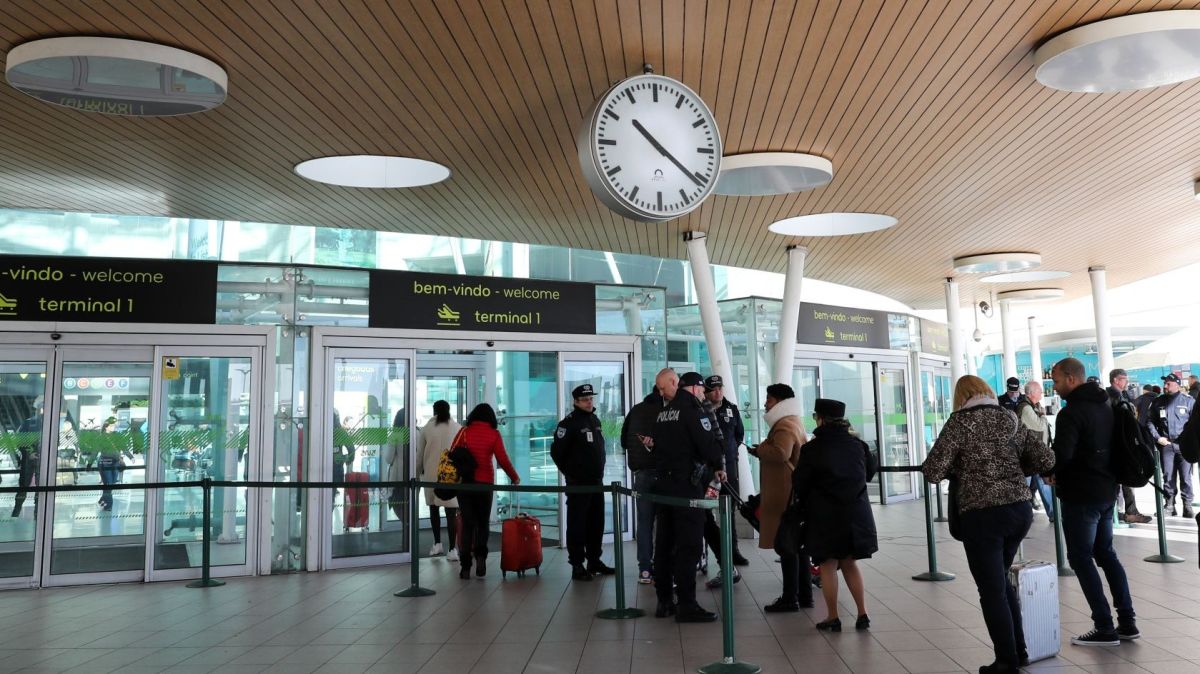The new European rules on instant bank transfers came on Wednesday, October 9th, and now require all banks in the eurozone to offer this service 24 hours a day, seven days a week. From now on, transactions are faster, more secure, and include automatic verification of the recipient before the money leaves the account.
With this new step, the European Union (EU) completes the second phase of its plan to modernise the payments system and strengthen consumer protection. The goal is simple: to allow any euro transfer to reach its destination in seconds, at any time and on any day of the year.
The measure applies to all banks, savings banks, and payment service providers that already offer standard SEPA bank transfers. Those that did not yet offer the service had to update their IT systems to comply with the new regulation.
Automatic verification
The main new feature is the introduction of so-called beneficiary verification. Before the transfer is completed, the system confirms that the recipient's name matches the IBAN entered. If there is any discrepancy, the customer is immediately notified and can decide whether or not to proceed, according to a report by Postal.
The verification is free and applies to both instant and traditional transfers. The idea is to reduce typing errors and prevent fraud using fake or manipulated IBANs. According to the Bank of Portugal, this measure "strengthens payment security and increases user confidence in digital services."
Contrary to popular belief, European law does not require banks to offer free instant transfers, but rather to charge the same price or less than they charge for standard SEPA transfers.
This means that if your bank charges one euro for a traditional transfer, an instant transfer must cost the same or less, never more. Several Portuguese banks have already chosen to make the service free for all customers in an attempt to stand out in the market.
Transactions in under 10 seconds
Instant bank transfers allow money to reach the recipient's account in less than ten seconds, regardless of the time or day. Even on holidays or weekends, the system must operate continuously.
Banks can only suspend the service for short maintenance periods, duly notified to customers. Until now, interruptions were frequent outside of banking hours; starting today, they are the exception.
End of the single limit of €100,000
One of the most important changes is the elimination of the old limit of 100,000 euros per transfer. Each institution can now set its own limits, depending on the customer profile or the channel used.
However, European regulations require banks to allow users to set personalized daily limits, which gives more control over transactions and adds an extra layer of security.
For European Union countries that do not use the euro, the timetable is slightly different. In these cases, banks will have to receive instant transfers by January 2027 and send them by July of the same year.
Electronic money institutions and payment service providers in the euro area also have an additional deadline: until April 2027 to ensure full compliance with the law.
Besides speed, the new system paves the way for other features. In the coming months, it will be possible to schedule instant transfers for a future date or create recurring payments with the same speed. The European Union hopes that this digital revolution will help make financial transactions more transparent, competitive, and secure, for both consumers and businesses.














